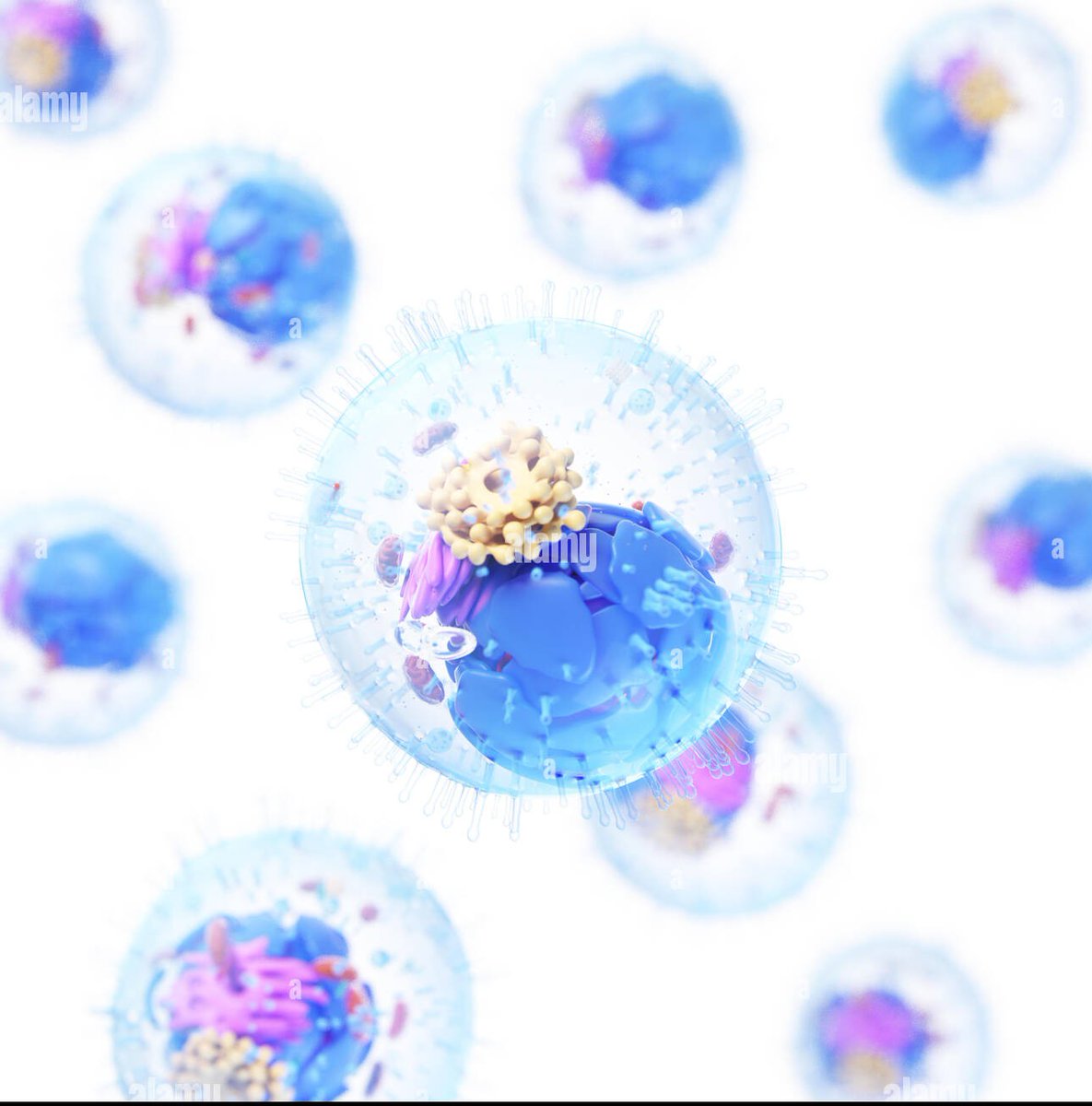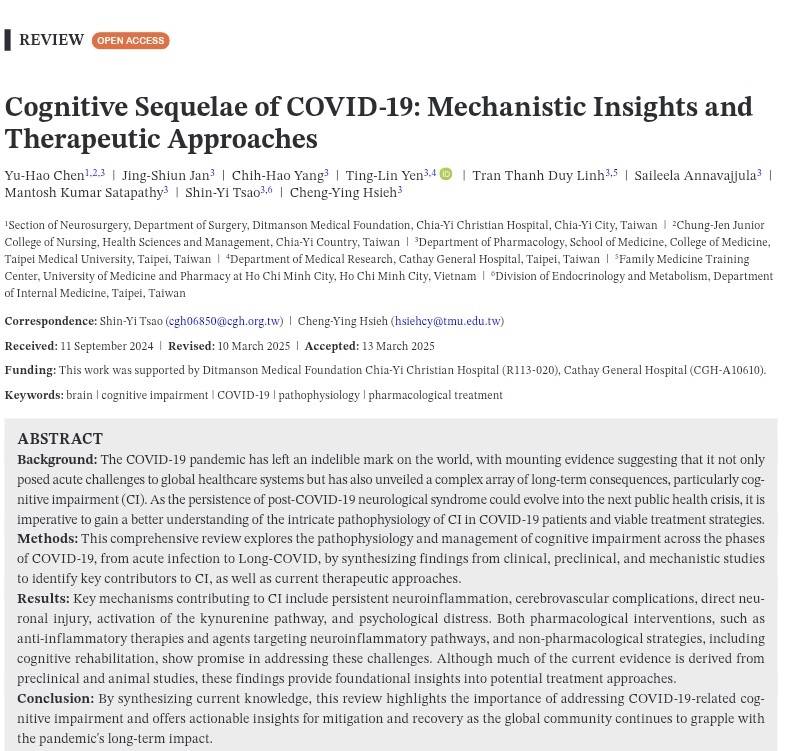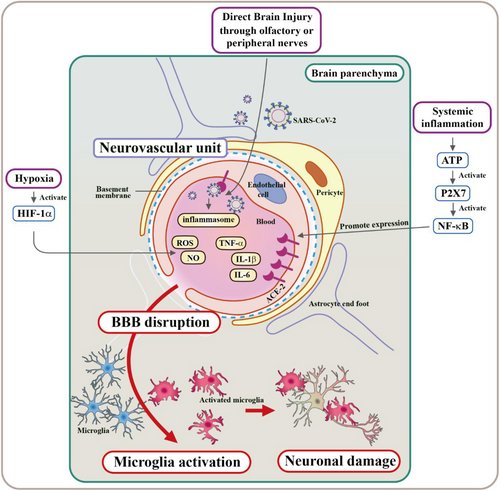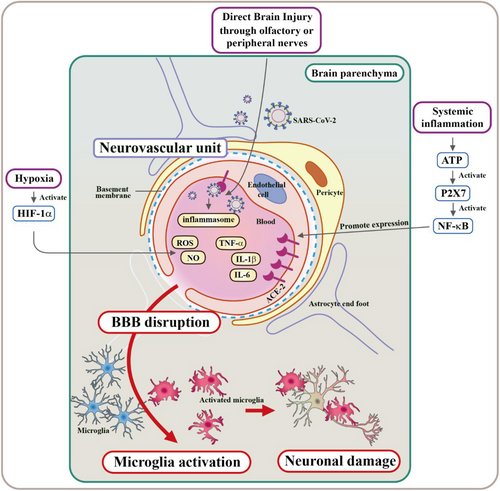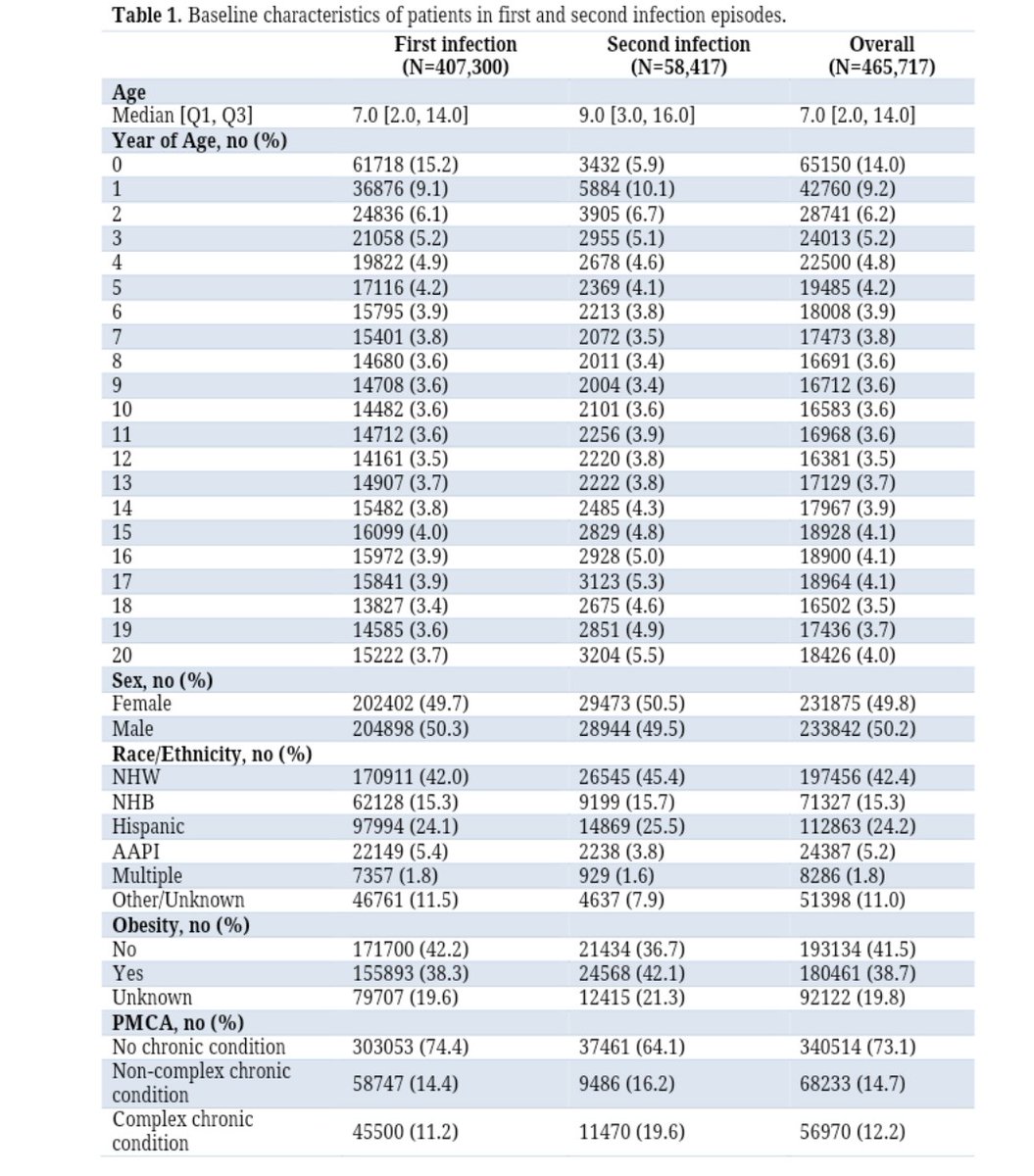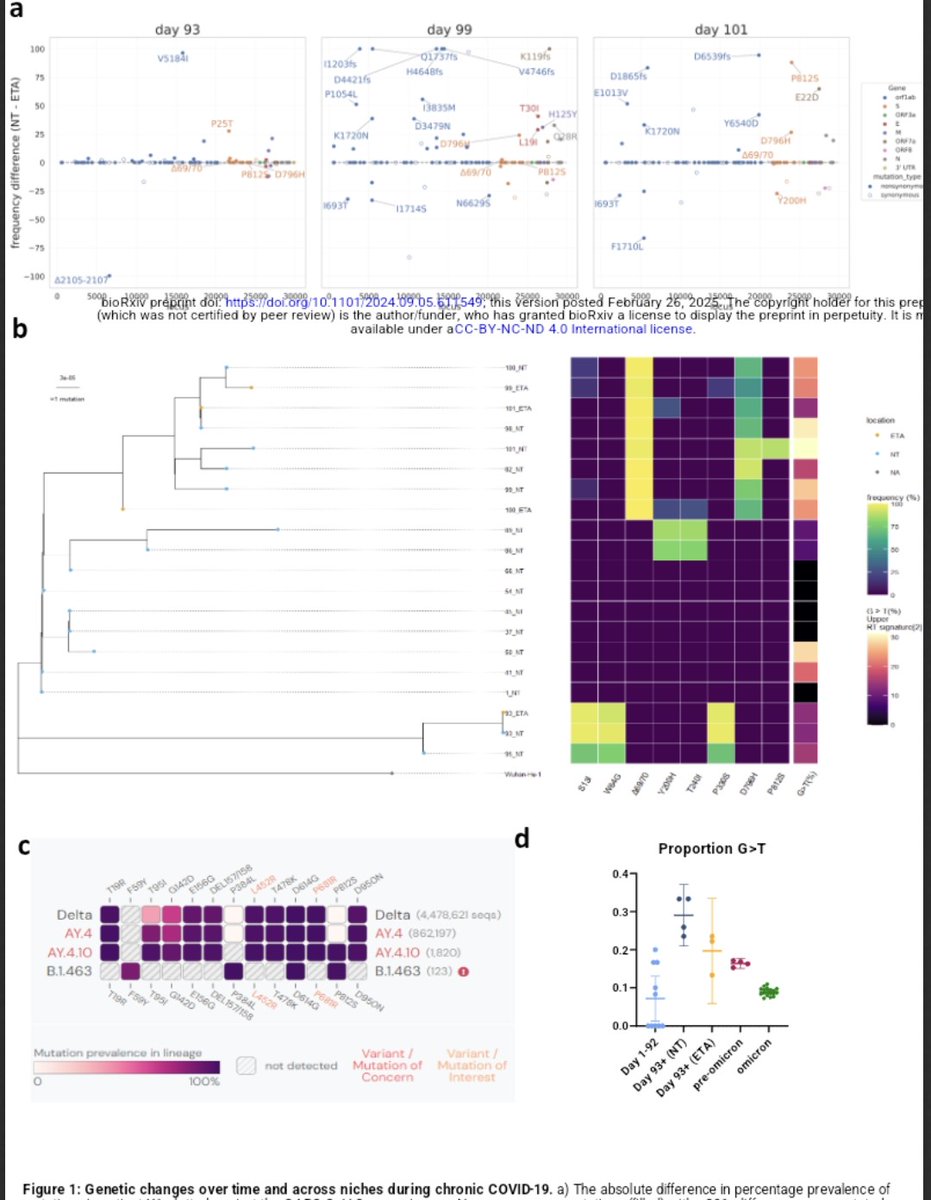WHY INFECTIONS by BACTERIA, VIRUSES and FUNGI will INCREASE in the FUTURE ? 🧵
2 recent studies highlights important concerns about the rise of infections caused by bacteria, viruses, fungi and the role of COVID-19
2 recent studies highlights important concerns about the rise of infections caused by bacteria, viruses, fungi and the role of COVID-19
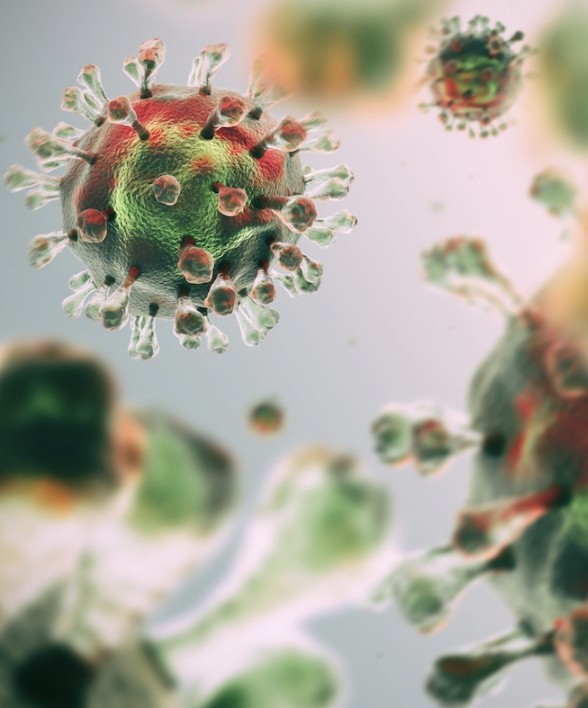
2) One study focuses on antibiotic resistance, where bacteria become resistant to medicines meant to kill them. This often happens due to the overuse of antibiotics in healthcare and agriculture, along with a lack of new antibiotics being developed.
3) As these bacteria evolve and become harder to treat, even common infections could lead to severe health problems.
The second study discusses how climate change and urban growth are contributing to the increase in viral and fungal infections.
The second study discusses how climate change and urban growth are contributing to the increase in viral and fungal infections.
4) Warmer temperatures can help pathogens thrive, and densely populated areas can lead to more outbreaks, especially among vulnerable groups like the elderly or those with weakened immune systems.
The COVID-19 pandemic has added another layer to these challenges.
The COVID-19 pandemic has added another layer to these challenges.

5) The virus weakens the immune system, making it harder for the body to fight off other infections. Many people who have had COVID-19 may find themselves more susceptible to bacterial and fungal infections afterward. 

6) Additionally, the pandemic has strained healthcare resources, leading to increased antibiotic use for secondary infections, which may worsen antibiotic resistance.
Together, these studies show that antibiotic resistance, environmental changes, and the effects of COVID-19 ...
Together, these studies show that antibiotic resistance, environmental changes, and the effects of COVID-19 ...
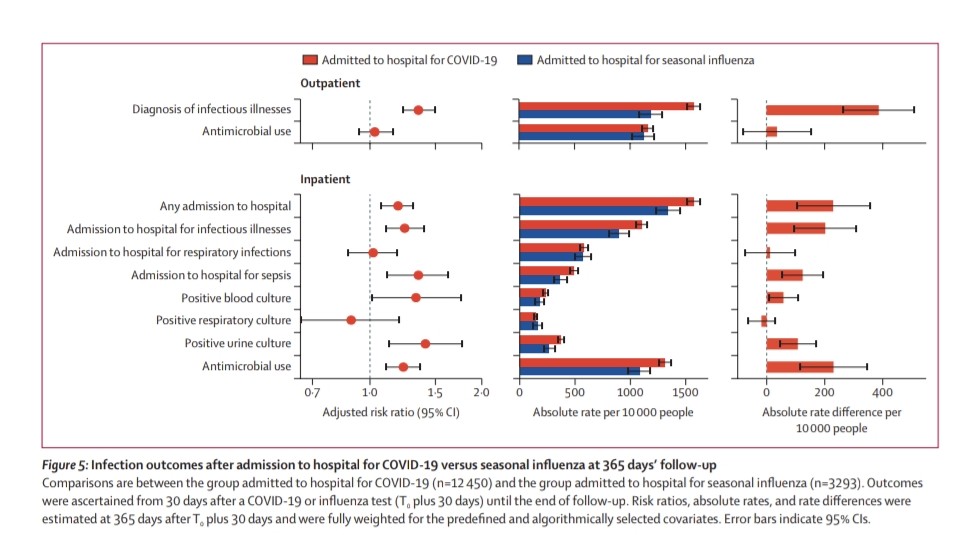
7) ...significant health risks. To tackle these issues, we need to focus on better use of antibiotics, improved infection control, and ongoing research into new treatments to protect public health now and in the future.
Thanks for reading 🙏 and to @DavidJoffe64 for his support
Thanks for reading 🙏 and to @DavidJoffe64 for his support
9) Additional recent threads
https://x.com/ejustin46/status/1851105256890904805?t=xzG9jVFigTW89jr5qeLEfA&s=19
• • •
Missing some Tweet in this thread? You can try to
force a refresh



